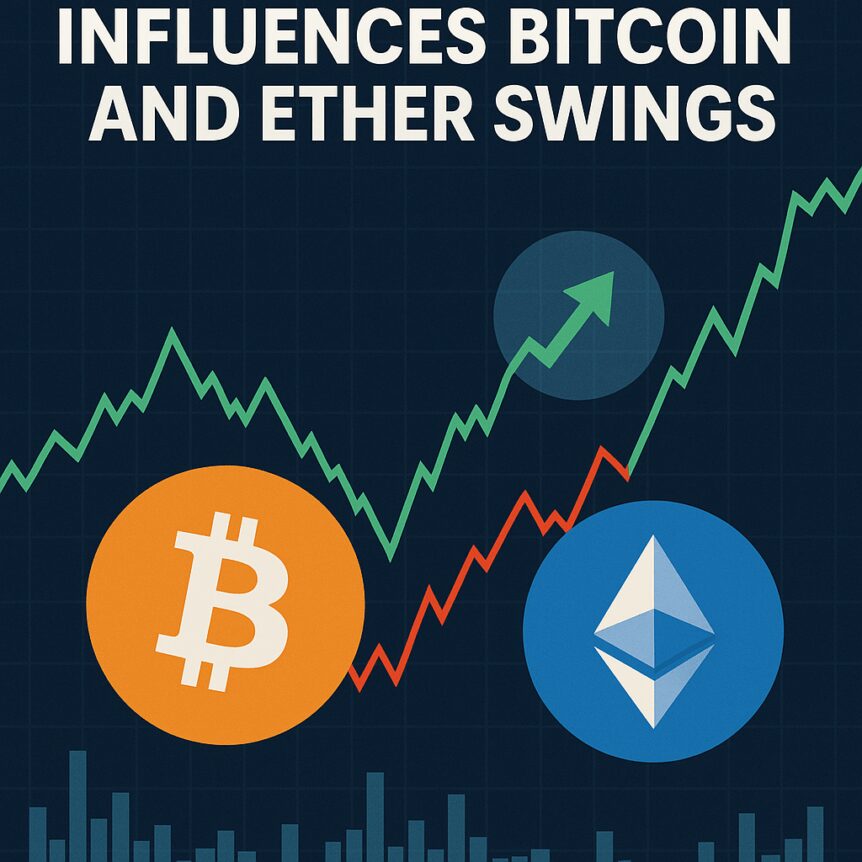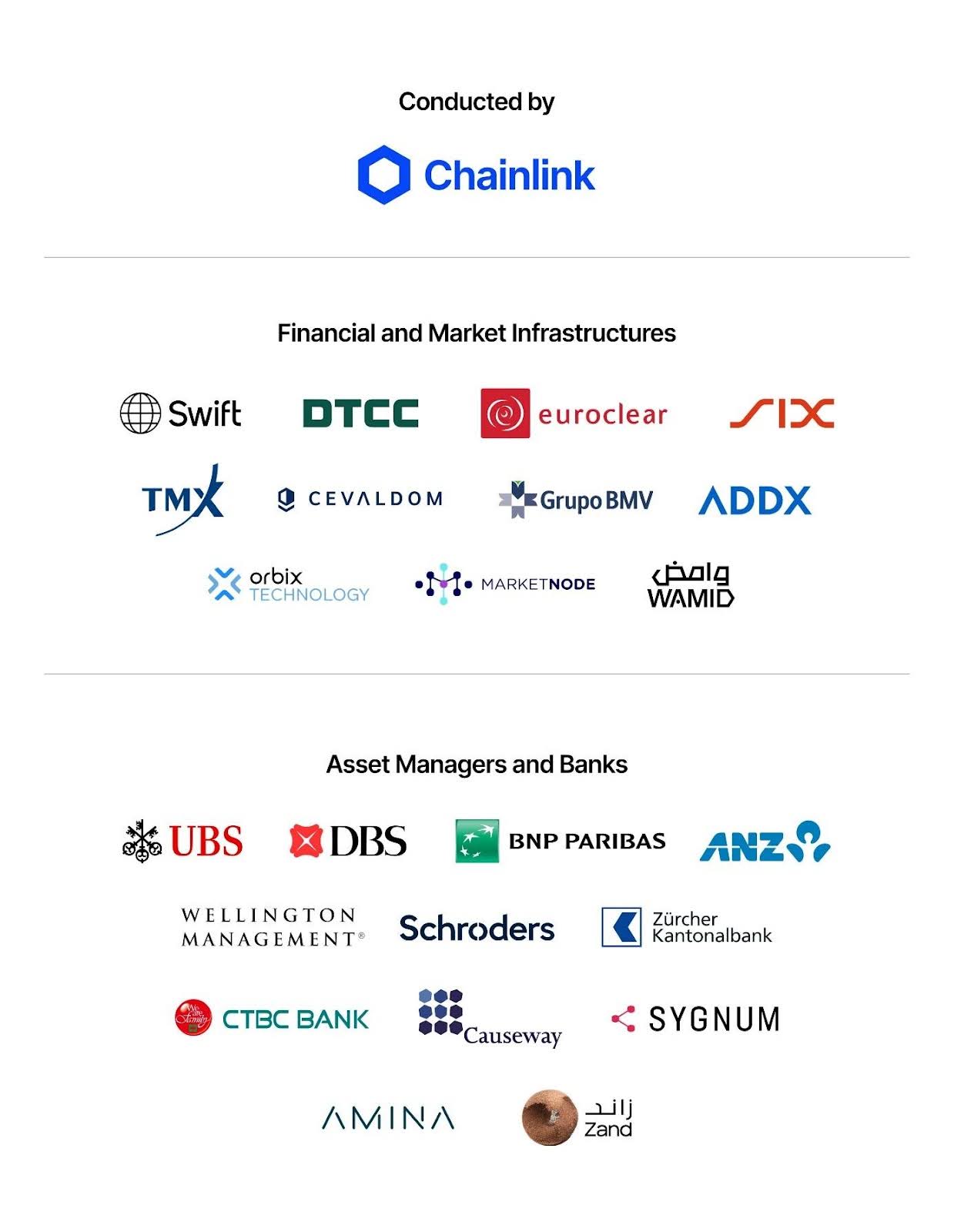
In the volatile world of cryptocurrency markets, a subtle yet powerful factor often influences price swings and market sentiment: options expiry. As large volumes of Bitcoin (BTC) and Ethereum (ETH) derivatives approach their expiration dates, traders and analysts observe increased market turbulence and shifting dynamics. Understanding how options expiry impacts crypto prices offers traders a crucial edge in navigating this unpredictable environment.
Options expiry can trigger increased volatility as traders reposition and lock in profits or cut losses around large Bitcoin and Ether contracts.
Put-call ratios serve as sentiment indicators; ratios above 1 suggest a bearish outlook, while below 1 indicate bullish expectations.
The Max Pain theory suggests prices tend to gravitate toward levels where the most options contracts expire worthless, sometimes enabling market manipulation.
Monitoring expiry-related metrics helps traders anticipate volatility and manage risk effectively during these periods.
Many market participants overlook the subtle yet significant influence of options expiries within the cryptocurrency space. While Bitcoin (BTC) and Ether (ETH) markets often seem driven by macroeconomic factors or technical signals, options expiry introduces an additional layer of volatility. This event, occurring for substantial derivatives contracts, creates ripples across the spot markets, often resulting in sharp price movements.
1. What are options expiries in Bitcoin and Ether?
To grasp options expiries, one must understand what an option contract entails. Unlike straightforward spot trading, options are complex derivatives giving traders the right, but not the obligation, to buy or sell BTC or ETH at a specified strike price before the contract’s expiration date.
As expiry nears, the price of the options contract itself tends to become more volatile, influencing underlying asset prices. When a large number of options contracts approach expiry simultaneously, it may provoke significant movements in BTC and ETH markets.
There are two main types of options contracts
Call options grant the right to buy, while put options give the right to sell an asset at a predetermined price before expiry. The ratio and volume of calls versus puts serve as indicators of market sentiment, suggesting whether traders are optimistic or bearish about future price directions.
Each contract also features a strike price and premium, critical in determining profitability and potential price movements. Unlike traditional markets, Bitcoin options are often expiring on irregular schedules, but the last Friday of each month at 08:00 UTC remains a common expiry date.
2. How do option expiries affect crypto market prices and volatility?
For example, if $5 billion worth of options contracts are set to expire, even a small portion of these being exercised or hedged can cause noticeable market shifts. Traders often reposition, swiftly closing or initiating trades, which leads to increased trading volume and heightened market volatility.
Historical data underscores this impact. In June 2021, a single event where over $4 billion in BTC and ETH options expired saw the volatility index spike by 5.80%, marking one of the highest in recent years. Quarterly options expiries typically exert a more pronounced impact compared to monthly ones, helping traders identify periods of potential turbulence.
It’s worth noting that the Chicago Board Options Exchange (CBOE), established in 1973, was the world’s first options exchange, predating Bitcoin by decades, laying the groundwork for derivatives trading across asset classes.
3. Put-call ratios and market psychology during expiries
As expiry dates approach, market volatility often surges as traders close positions to realize gains or mitigate losses. This creates a feedback loop, amplifying price fluctuations.
Using put/call ratios
These ratios provide insight into prevailing market sentiment. A ratio above 1 indicates bearish bets, while below 1 suggests bullish expectations, offering a quick gauge of overall trader positioning.
Max pain theory
This concept hypothesizes that markets tend to move toward price levels where the highest number of options would expire worthless—referred to as the “max pain” point. Large market players might intentionally influence prices to push toward this level, impacting short-term movements and supporting or resisting certain price levels.
Market reversal signals
Extreme put-call ratios—either high or low—can also signify potential reversals. When ratios reach historical extremes, traders should be alert for possible shifts back in the opposite direction, especially post-expiry.
4. Strategies for managing expiry-induced volatility
Monitor key metrics: Regularly track open interest, put-call ratios, and max pain levels to anticipate potential volatility waves.
Hedge positions: Use options to protect spot holdings during volatile expiry periods, minimizing downside while maintaining upside potential.
Diversification: Spread risk across multiple assets and trading instruments to reduce exposure to specific expiry events.
Time awareness: Keep track of key expiry dates to prepare and capitalize on volatile trading windows effectively.
Leverage advanced tools: Utilize platforms like CME Group or specialized analytics to access real-time data and gain a competitive trading edge.
Liquidity considerations: Be aware of trading volume and liquidity patterns as expiry nears to avoid costly slippage or illiquid trades.
This article provides informational insights and does not constitute financial advice. As with all trading activities, caution and thorough research are essential.
This article was originally published as How Options Expiry Influences Bitcoin and Ether Price Swings on Crypto Breaking News – your trusted source for crypto news, Bitcoin news, and blockchain updates.


 2 weeks ago
32
2 weeks ago
32 










 Bengali (Bangladesh) ·
Bengali (Bangladesh) ·  English (United States) ·
English (United States) ·